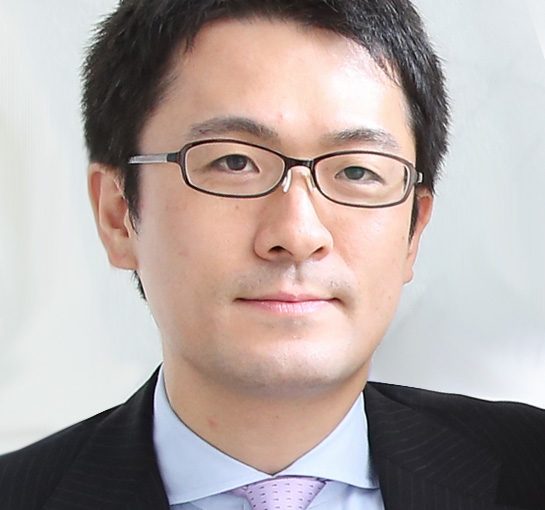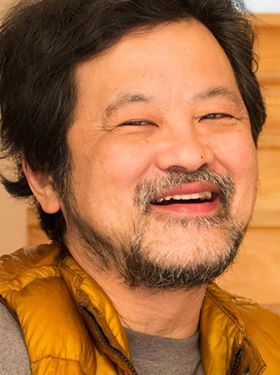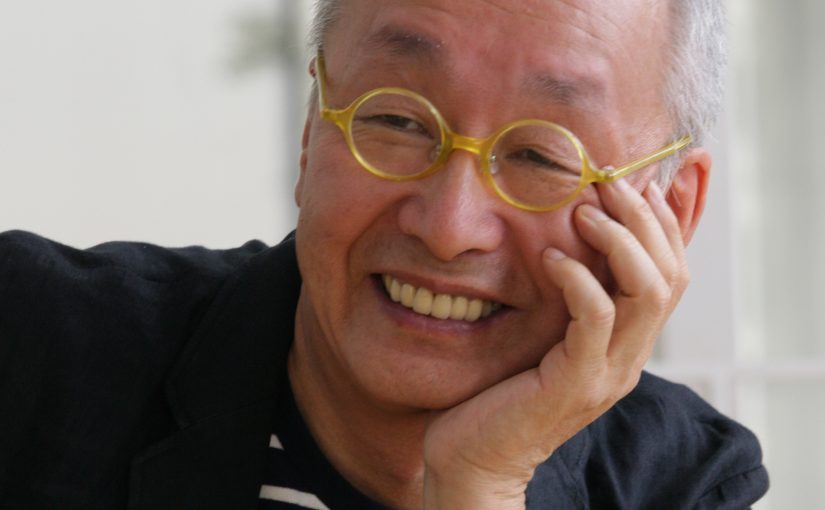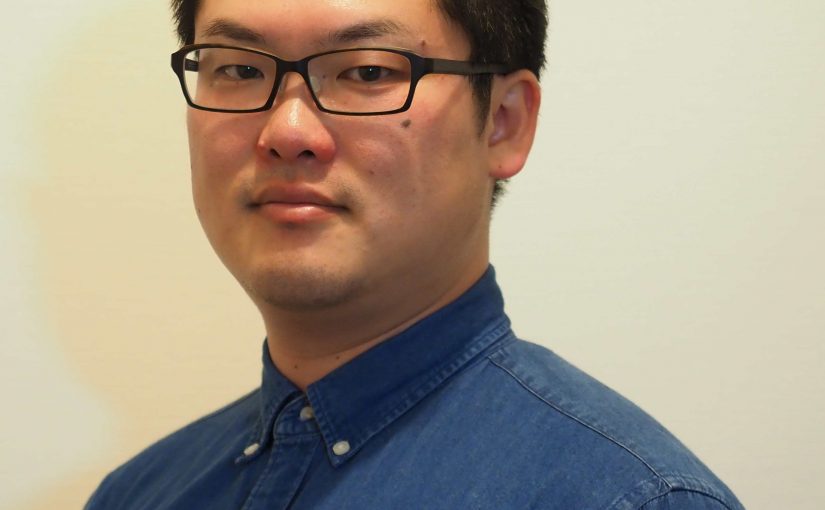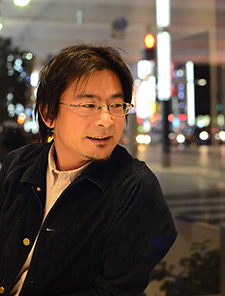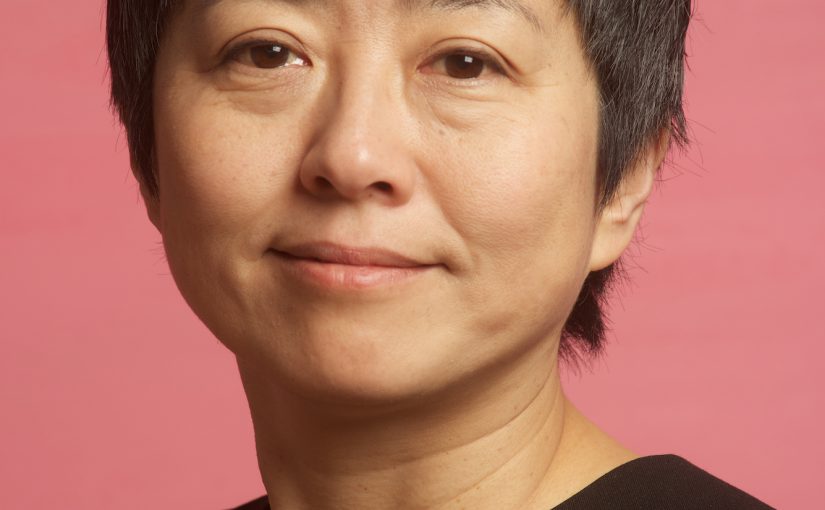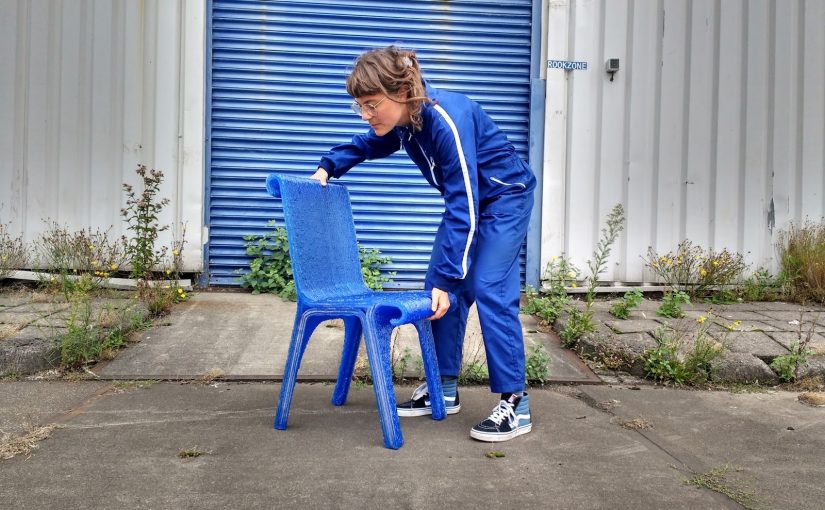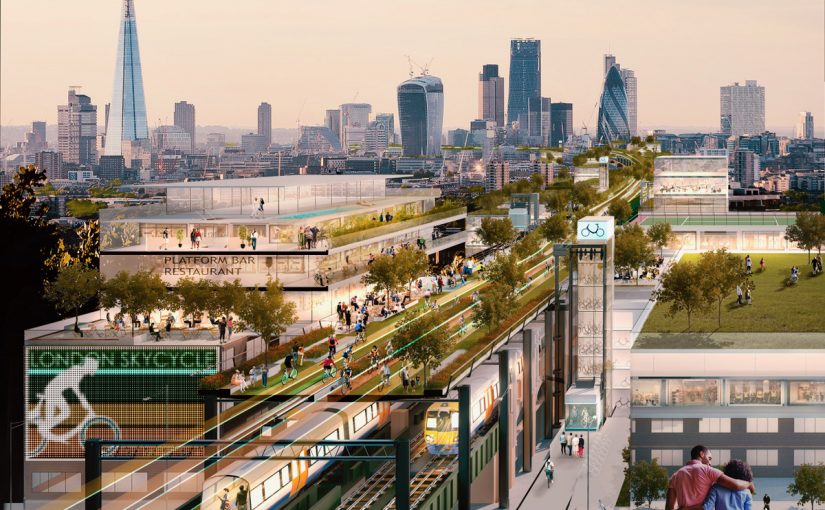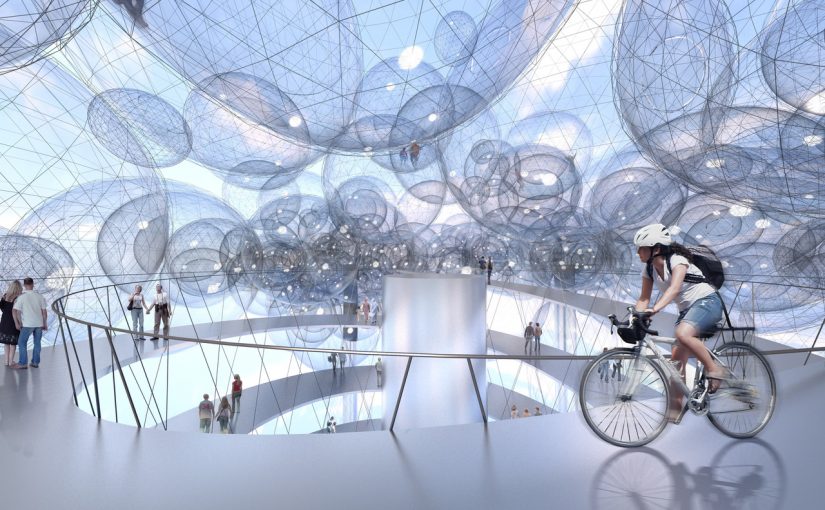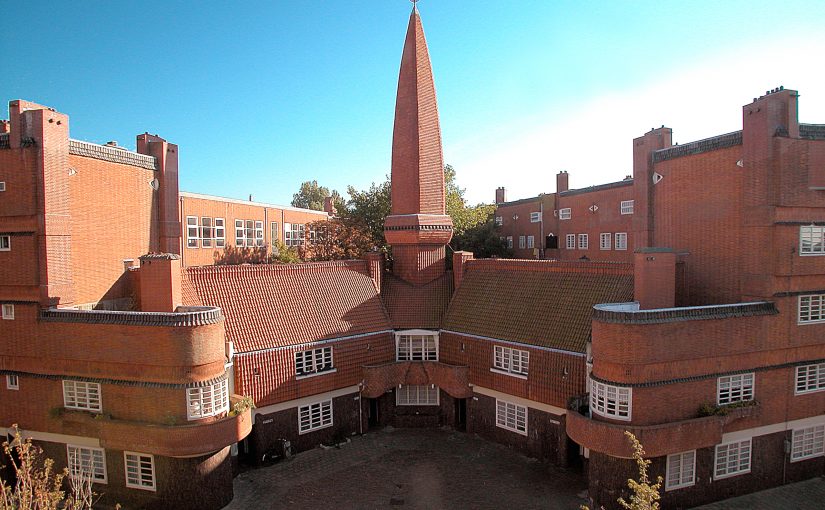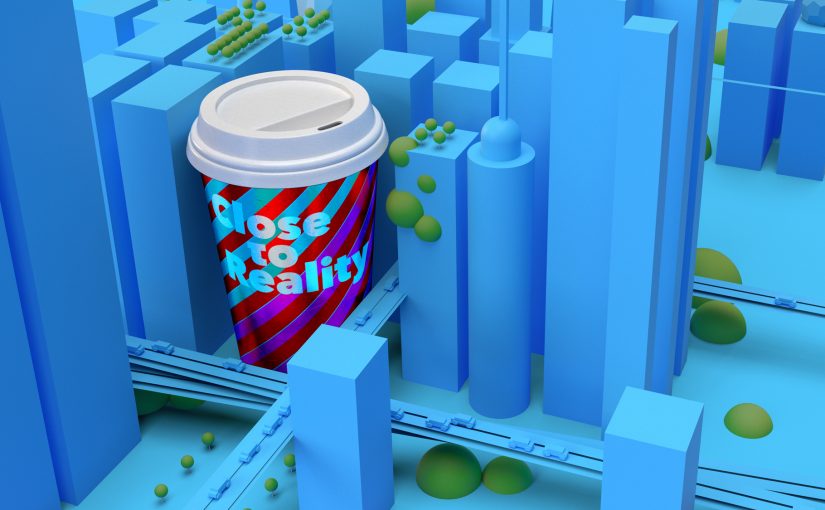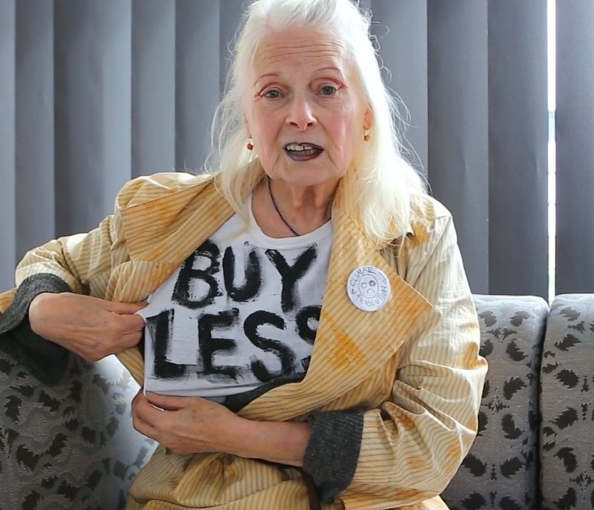Shu Yamamura is an urban planner and researcher. He is an assistant professor of Planning at the Department of Architecture at Waseda University, Tokyo. His research interests lie at the crossroads of interdisciplinary research between urban planning and social sciences. Current research projects and interests relate to creative industry clusters in Tokyo, knowledge-city policies, inner city problems and revitalization, and urban structural transformation of the Tokyo Metro Area.
Tag: 23juni
Atsushi Miura
Atsushi Miura is a sociologist, marketing researcher and writer. He conducts research on consumer society, family, youth, social class, cities (especially on the transformation of suburbia) and other aspects of modern life. As a futurist, he proposes what he calls ‘social design’. His publications include ‘Lower-Class Society’, ‘Tokyo is Being Shrinked from the Suburbs’, and ‘The Rise of Sharing: Fourth-Stage Consumer Society in Japan’.
Hidetoshi Ohno
Hidetoshi Ohno is Emeritus Professor at the University of Tokyo and the principal of architectural firm APL design workshop. He has designed numerous architectural works and has been awarded major prizes. He published ‘Fibercity Tokyo 2050’ in 2006, which was welcomed with widespread international debates. In the updated publication in 2016 ‘Fiber City, A Vision for Cities in the Age of Shrinkage’, he proposes a new theory of urbanism for shrinking cities in the post-industrial era, connecting ‘fiber units’ in the city to redesign the information, transportation, and industrial networks, as well as the landscape.
Masakazu Ishigure
Masakazu Ishigure is an urban historian and Assistant Professor at the Department of Architecture at Tokyo University of Science. In 2016 he published ‘Tokyo Rising from the Postwar Black Markets : SHINJUKU, IKEBUKURO and SHIBUYA after 1945’. In this book he conducted extensive research on the history of Tokyo railway stations and neighbourhoods.
Naohiko Hino
Naohiko Hino is an architect, head of Hino Architect’s Office. Beside wide-ranging architectural and urban planning work, he is a leading writer, critic and historian in Japan. Recent publications include two books on Arata Isozaki, one of Japan’s prominent postwar architects, and ‘Is Urban Design Necessary in Japan’. In 2013, he developed the ‘Struggling Cities: From Japanese Urban Projects in the 1960s’ touring exhibition.
Moriko Kira
Moriko Kira is an architect, has lived in Amsterdam since 1992 and her office operates both in Europe and Japan. Beside her architectural practice, she writes books, essays and curates exhibitions. She published ‘Finding Architecture’ in 2013. In 2010, she was appointed as professor at Kobe Design University in Japan. In 2004-2010 she was a member of Amsterdam’s Design Committee.
From plastic to vanPlestik
Plastic waste causes huge problems around the world for both man and nature. How can we reduce plastic waste and reuse it to create new products? This question is key to vanPlestik’s mission. By 3D-printing large objects with recycled plastic
How Can Bicycle Architecture Improve our Cities?
BYCS
The event celebrated the cutting edge and high profile building designs that are facilitating bicycle travel, storage and safety around the world. The biennale aimed to reflect how cycling can improve urban living by contributing to a healthier lifestyle and a cleaner environment. And how design solutions can not only meet transit needs, but also inspire and facilitate greater cycling uptake.
As the built environment grows with this mode of
bicyle planning, the desires of cyclists are starting to shape the design of new buildings.
International designers
The
BYCS: Making the City Better by Cycling
BYCS is making the shift from car-centric to human-centric cities possible through acting as a catalyst for breakthrough solutions around cycling. We create and accelerate ideas, kick start collaborations, and launch global innovations and programs. We have an ambitious goal – for 50% of all city trips to be by bike by 2030. We call this ‘50 by 30’ and we believe it will lead to fundamentally healthier, happier and more prosperous cities. Cycling is more than transportation. It is transformation. In all our work, we never stop asking: ‘Where can the bicycle take us?’
Amsterdam has shown how we can make cities more livable when we put the bicycle first.
Lee Feldman, co-founder of BYCS: “Amsterdam has shown how we can make cities more livable when we put the bicycle first. It facilitates a change in how we think and move, that improves so many aspects of our lives, from physical and mental health to clean air and family-friendly
Museum Het Schip: Art in the Public Space
Marvel at the fairytale-like architecture and political ideals of the Amsterdam School!
Museum Het Schip is the Amsterdam School Museum about art, architecture and social housing. It is located in the world famous workers’ palace ‘Het Schip’ by architect Michel de Klerk in Amsterdam. The Ship belongs to the top of the Amsterdam School architectural movement of the early twentieth century. The Ship is still inhabited and the museum is located in different parts of the building, where you can discover how people lived before and after the housing act of 1901. The museum houses a permanent and temporary exhibition. Marvel at the fairytale-like architecture and political ideals of the Amsterdam School!
The current temporary exhibition is on the Public Works Department of the municipality of Amsterdam (1915-1935). Public Works and the Amsterdam School are inextricably linked. The Municipal Public Service Department decided from 1910 to engage a number of architects and artists who would later become big names within the Amsterdam School, such as Joan van der Meij, Michel de Klerk, Piet Kramer and Hildo Krop. The architects made beautiful designs for government buildings, schools and bridges, and they even paid a lot of attention to the street furniture. These buildings and artworks can still be admired everywhere in Amsterdam. The exhibition presents the most beautiful photographs of this architecture and art. The original drawings and artworks by the most famous architects will be exhibited as well.
‘Close to Reality’ at NDSM
‘Close to Reality’ exhibits 50 scale models – from regional scale to actual building, from concept to final design, from urban design to architecture, and public space design.
These models contain all aspects of urban planning and architecture. The exhibition shows the tremendous efforts required to get to a final design and creates an opportunity for the audience to both imagine and discuss future challenges of city planning. The models present an overview of future developments and place design as they create a broader context to inspire, discuss, criticise and focus on future challenges.
We Make M-ODE: Sustainable Fashion at Westergasfabriek
Fair Fashion is brought to WeMakeThe.City by the
In collaboration with West municipal district and WOW ateliers, a sustainable fashion route has been set out through Amsterdam West, starting at the Westerpark, including open studio’s, pop up shops, presentations, workshops, and shows. Together with VondelCS, M-ODE presents pop up shops, a fashion collection made from clothing discarded after Kingsday and the launch of a documentary about couturier Frank Govers.
The We Make
Buy Less"Buy less" – Vivienne.
Geplaatst door Vivienne Westwood op maandag 11 september 2017
